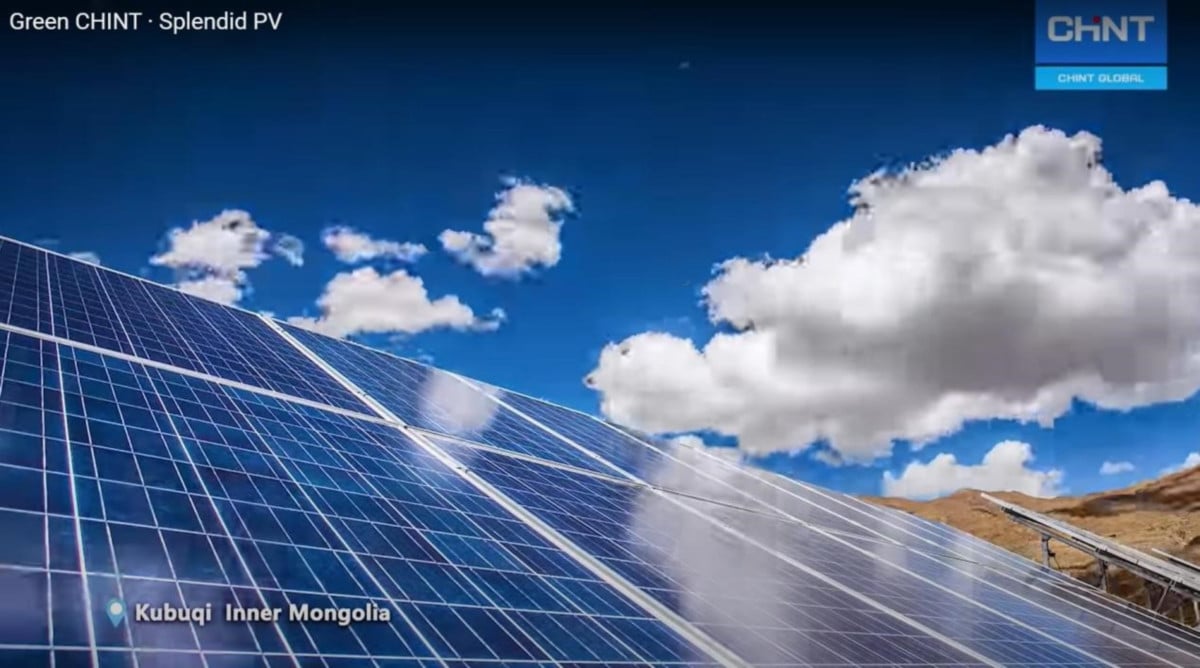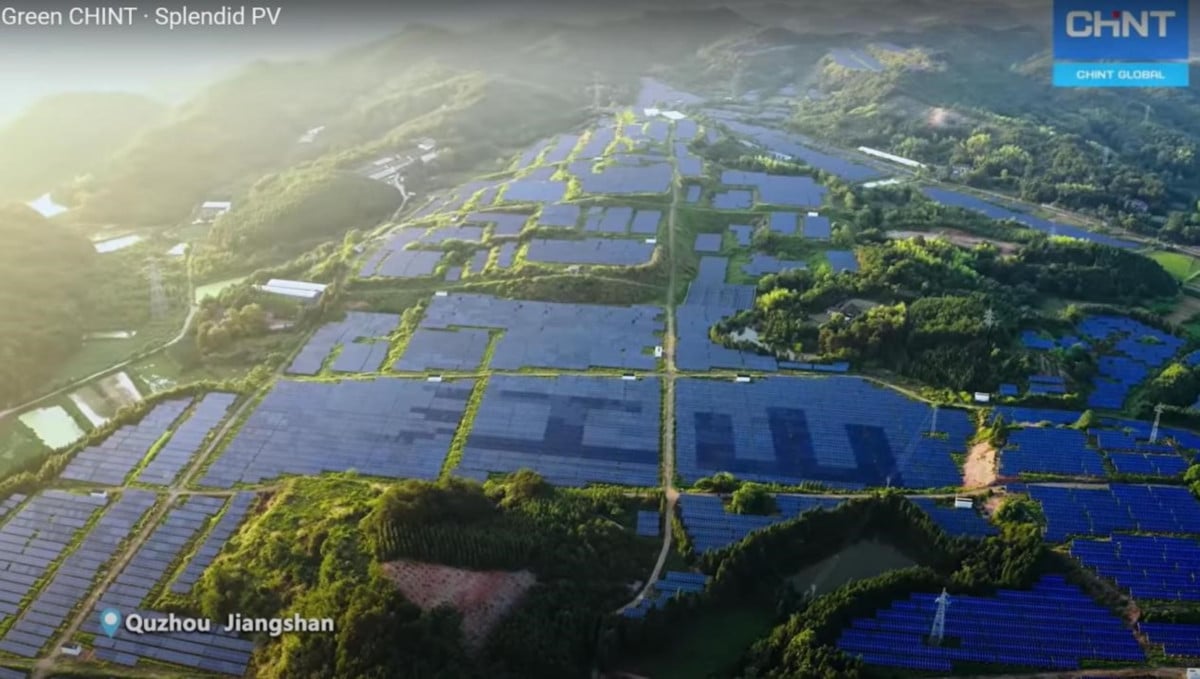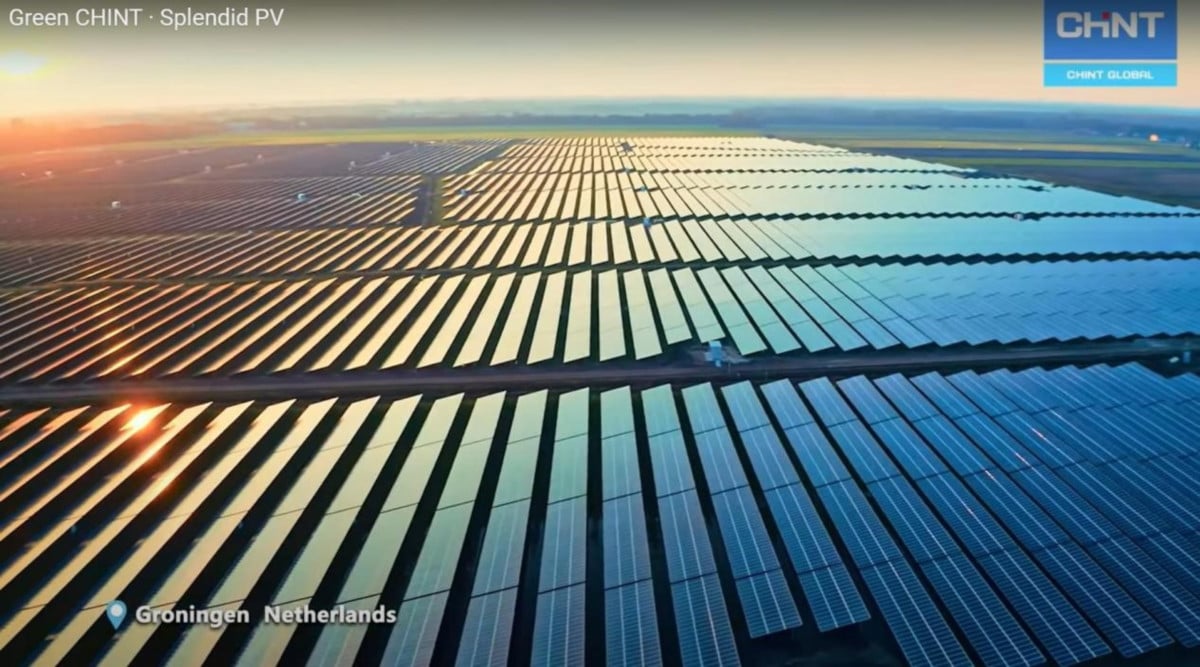Table of Contents |
An increasing number of people worldwide are going green by using solar electricity to power their houses nowadays. According to recent stats, people installed 19GW of the solar PV module in 2020 in the US alone. The US solar market now accounts for over 43% of the total energy generation, and this value is not ceasing to increase anytime soon.
If you also want to conserve energy by installing solar panels in your home, you will need to consider various factors. This includes numerous decisions like the cost, installation, and amount of sunlight your roof receives. However, the most crucial decision to make for acquiring a system is to identify whether to install monocrystalline or polycrystalline solar panels.
In this post, we will list the differences between the two most common types of solar panels: Monocrystalline and Polycrystalline, to help you decide which one is the best choice. So, let’s get started!
What is a Monocrystalline PV Module?
Monocrystalline solar PV modules are the most advanced and oldest types of PV modules that exist. These panels are called “monocrystalline” because the silicon employed is a single-crystal structure.
To manufacture a Monocrystalline PV module, silicone is shaped into bars and then sliced into wafers. Typically, the bigger the number of silicone cells in a panel, the higher the energy production. Since each solar panel is a monocrystalline PV module is made up of around 32 to 96 pure silicon wafers, they are regarded as a high-end solar product.
The high purity in Monocrystalline panels is distinguished by their uniform solar cells, which are all the same solid black color.
What are the Advantages of Monocrystalline Solar Panels?
Both Monocrystalline and Polycrystalline Solar Panels have the same function: converting sunlight into consumable electricity. However, some factors make the Monocrystalline Solar Panels stand out. Listed below are the main pros of the monocrystalline solar PV module:
High-Efficiency Rates
Monocrystalline solar panels are the most efficient amongst the three most common types of PV modules. Their efficiency rates range from 15-20%.
Long Lifespan
Monocrystalline panels are expected to last longer than Polycrystalline panels. The majority come with a 25-year warranty, although they will most likely survive much longer.
More Efficient in Warm Weather
In hot conditions, monocrystalline solar panels are more efficient. As the temperature rises, performance falls slightly, although not as much as with polycrystalline solar panels.
Space Efficient
Because of their high efficiency, they produce more power per square foot and take up less space.
Quality
Monocrystalline PV modules are made of the highest quality silicon.
Aesthetically Pleasing
Many individuals prefer the black hue and homogeneity of these panels more than the blue color and often variable pattern of polycrystalline panels.
What is the Disadvantage of Monocrystalline Solar Panels?
With every pro, there comes a con! And the Monocrystalline solar PV module is no exception. Listed below is the main disadvantage of the Monocrystalline solar panels:
Cost Ineffective
Solar panels with monocrystalline crystals are more expensive than those with polycrystalline crystals. The main reason is that the raw material (silicon) used to produce the monocrystalline PV module is best-grade.
Monocrystalline vs. Polycrystalline Solar Panels: Key Differences
Both monocrystalline and polycrystalline PV modules can be good options for your house. Still, there are several significant differences to be aware of before committing to one of the two solar purchases. Following are the main factors that differentiate between monocrystalline solar panels and polycrystalline solar panels:
Silicone Arrangement
If you have not guessed it until now, the silicon arrangement is the primary point of difference that influences all the other factors in Monocrystalline and Polycrystalline solar PV modules.
True to their name, Monocrystalline solar panels are comprised of a single silicon crystal. However, in Polycrystalline solar panels, each PV cell is composed of multiple silicon fragments melded together during the manufacturing process.
Cost
The key factor that impacts cost is the silicon structure of each solar panel. Polycrystalline panels’ construction starts with pouring molten silicon into square molds and then cutting the resulting wafers into individual cells. However, to make single-crystal solar cells, the manufacturers must precisely control the solidification of silicon.
So, even though the inverters, wiring, electrical protections, racking, and labor are all the same price for both, Mono panels are more expensive due to the more complicated manufacturing process.
Appearance
As mentioned earlier, the silicon structure of solar PV modules influences all the factors on this list – including the appearance of the solar panels.
Due to their single-crystal structure, Monocrystalline solar panels have a jet black color with rounded corners. On the other hand, polycrystalline solar panels are blue and have pointed edges.
Efficiency
Since the monocrystalline PV module comprises a single crystal, electrons that generate an electric current have a larger room to move. Thus, they outperform polycrystalline solar panels in terms of efficiency.
This does not imply that Polycrystalline PV modules are unworthy of investing in or aren’t of good quality. You can find high-quality Polycrystalline solar panels in the market for a reasonable price.
Lifespan
Both types of solar PV modules have a long lifespan with a payback time of under five years. Most solar manufacturers provide a 25-year warranty on electricity production, although some brands now offer a 30-year warranty.
However, the low heat tolerance in Polycrystalline solar panels has the potential to degrade their lifespan.
Temperature Coefficient
The temperature coefficient is an essential factor in how much temperature can affect solar panels. To ensure a fair comparison, both Monocrystalline and Polycrystalline solar panels are factory-tested under the same Standard Test Conditions (STC).
Polycrystalline solar panels have more significant temperature coefficients than monocrystalline solar panels. This implies that they lose more efficiency as they heat up. However, as technology advances, many companies have launched Polycrystalline solar panels with temperature coefficients similar to Monocrystalline solar panels.
The Verdict – CHINT PV Modules
Based on our perception, Monocrystalline PV modules have better efficiency rates, heat tolerance, a longer lifespan, and a more streamlined performance than Polycrystalline PV modules.
Also, since monocrystalline panels are more efficient, you may get a higher return on your investment. So, if you can afford it, a Monocrystalline solar PV module is the best choice.
That said, the final choice is yours – you can consider your space, financing, and personal preference to select the one that best suits you. Of all the solar PV modules we tested, we found the CHINT PV modules the best quality and price. So, if you want to install solar panels worthy of the cost, CHINT PV module products are a must to try.
Conclusion
Solar energy remains the world’s greatest underutilized resource. But there’s good news: the sun (as a power source) is finally getting the attention and investment it deserves.
Lastly, whether you decide to install Monocrystalline or Polycrystalline solar panels, you should try CHINT PV module products. Not only do they guarantee the best quality, but also competitive prices.















